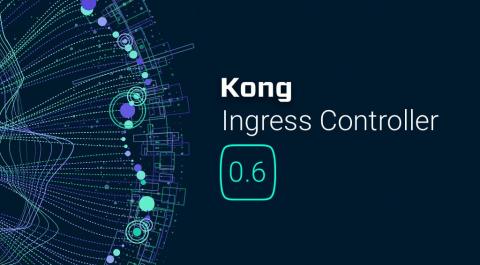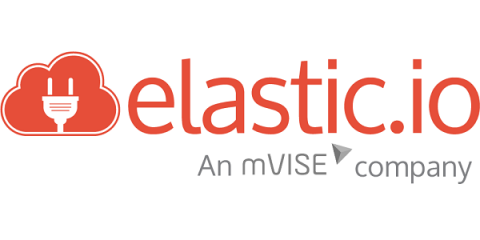Kong Ingress Controller 0.6 Released with Support for Admission Controller, Istio, and Kuma
We are thrilled to announce the release of Kong Ingress Controller 0.6! This release builds on the previous releases and unlocks integrations and features, including the Admission Controller, integration with Kuma and Istio, and support for Kustomize native configuration management.









